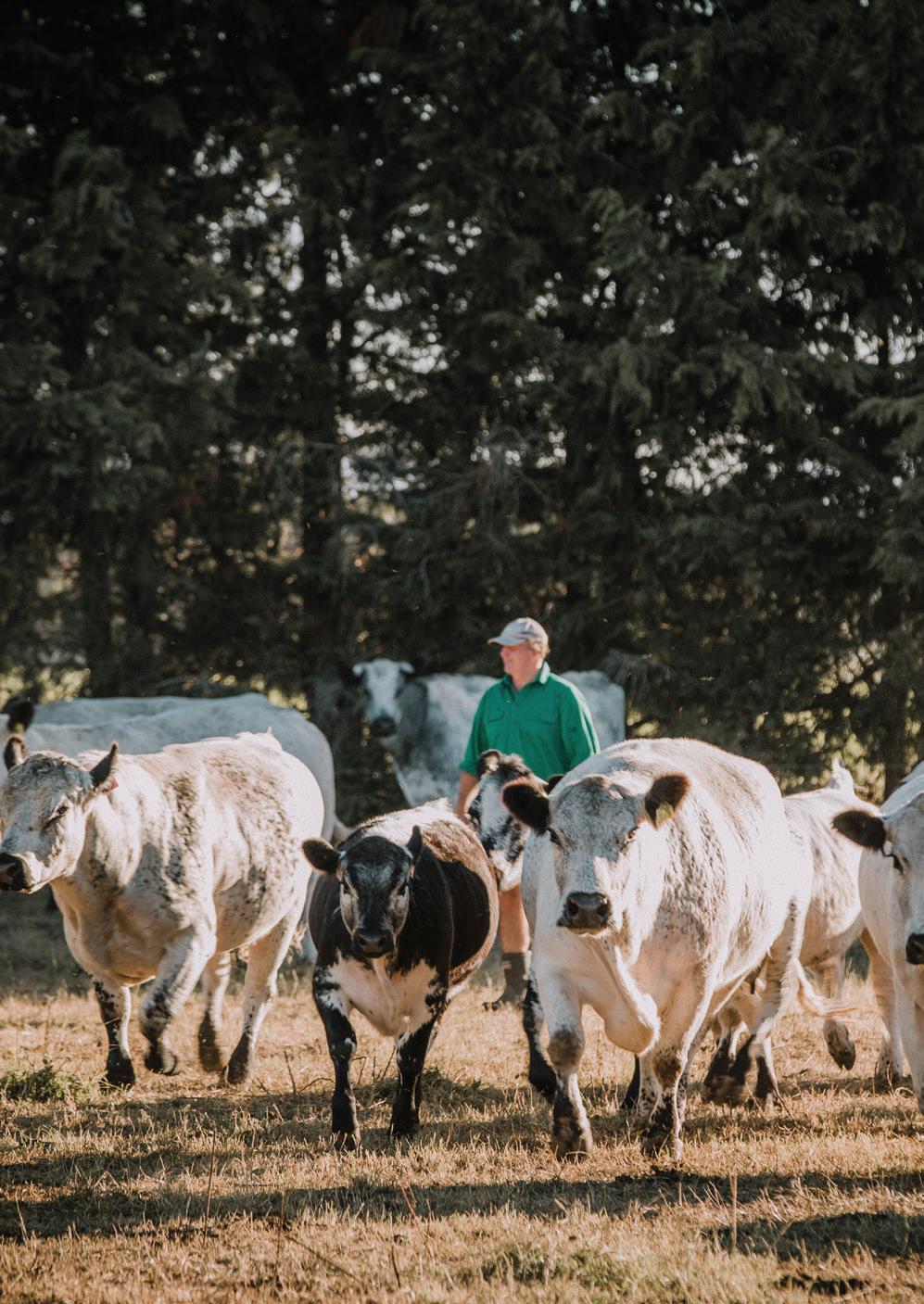INTEREST
Big challenges align for 2021 For many people around the world, farewelling 2020 came with the hope that 2021 would somehow bring a break to the gloom and depression of the Covid-19 epidemic. But many in Europe and North America may well have felt 2021 has so far offered little such respite, particularly as winter descended. BY RICHARD RENNIE
Meantime in New Zealand the sense of being a lifeboat country amid the tumultuous global epidemic continues. This was only heightened amid the swirl of festive events and holidays as the country enjoyed its summer break. It was easy to forget the grief and stress engulfing much of the rest of the world. But for New Zealand farmers the business year has rolled on, and a collection of factors are lurking on the horizon demanding every farmer’s attention. As big as the issues like Brexit, the new US presidency and even the epidemic itself are, all are less likely to be within the control of farmers here compared to some of these more immediate events that must be grappled with much nearer to home. 22
RE AL FARM E R
Labour The most immediate issue to kick off the list of concerns for many growers and farmers has been the issue of labour. With seasonal crops like apples, pears, grapes and kiwifruit all hanging ripe and ready, this year is again a challenge for sourcing sufficient staff to harvest it all. The industry’s reliance upon the Recognised Seasonal Employer (RSE) scheme has become an established and successful part of the horticultural sector that Covid crippled last year, and the impact continues to reverberate for this year’s harvest. After a mammoth effort by growers, farmers, orchardists and processors last year’s harvest was managed despite the expected 12,000
RSE workers being sliced back to only 8,000 as a result of the travel restrictions. Many of those 8,000 have returned home, with about 5,000 remaining for this season, often retained by their seasonal employers who were desperate not to lose them before this year’s harvest. This year’s numbers will be no where near the 16,000 workers the industry had been aiming for a year ago. However, there were cheers in later January when the first flights of RSE workers from the Pacific Islands arrived with 150 workers on board. This represented the first major opening of New Zealand’s borders to any single group since the travel restrictions began. In all 13 flights mean eventually 2,000 extra workers will join the 5,000 still here. While much less than hoped, their arrival was welcomed by Apple and Pear NZ chief executive Alan Pollard who says the valuable workers will be spread among industries and regions in coming weeks. The workers’ isolation costs have been met by industry and a minimum wage of $22.10 an hour is paid, including while in isolation. Just before Christmas, immigration minister Kris Faafoi announced visa changes that have also provided some more hands to harvest. A six-month extension on working holiday visas now means anyone on a working holiday visa can work in any job without restrictions. This opens the door for up to 13,000 working holiday visa holders, and has been welcomed by the primary sector. However, competition for staff will remain strong, and job vacancy figures released in January revealed job vacancies were almost back to pre-covid levels, with some provinces reporting higher job vacancy rates than before the pandemic. The dairy sector has also been hit hard by Covid’s effect on staff. Many skilled foreign workers are struggling to get back to New Zealand, often an attractive country to work in due to good pay, conditions and respected employers. Estimates made by DairyNZ last year were that even if all migrant workers were retained, New Zealand will still be at least 1,000 staff



















